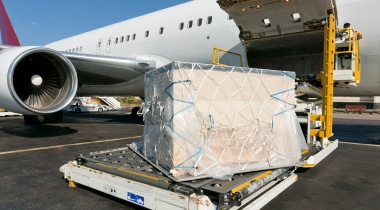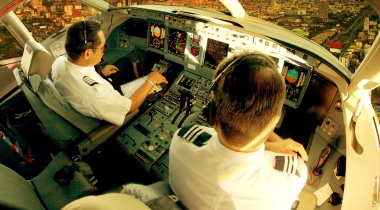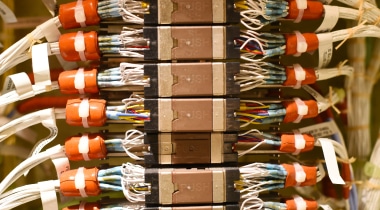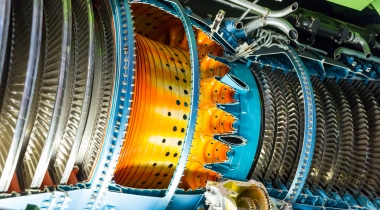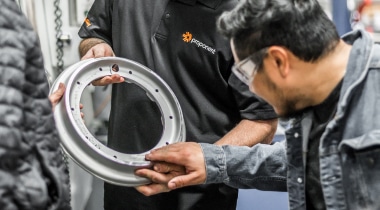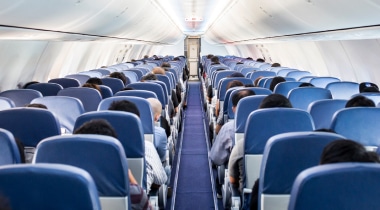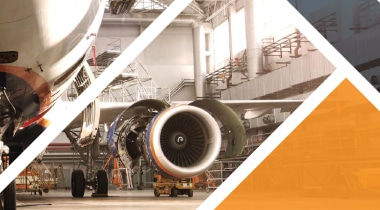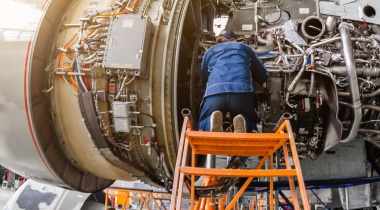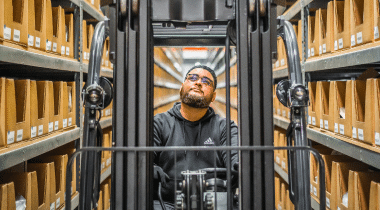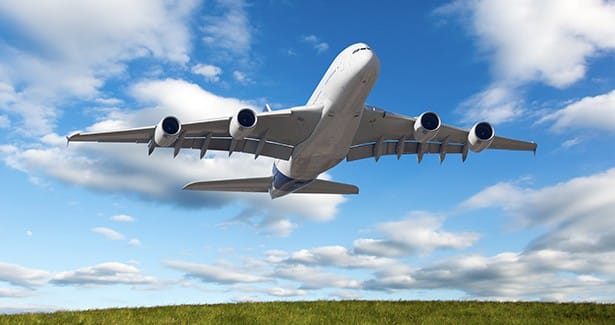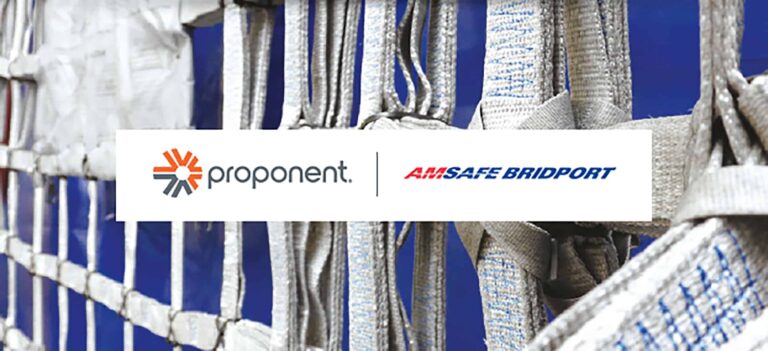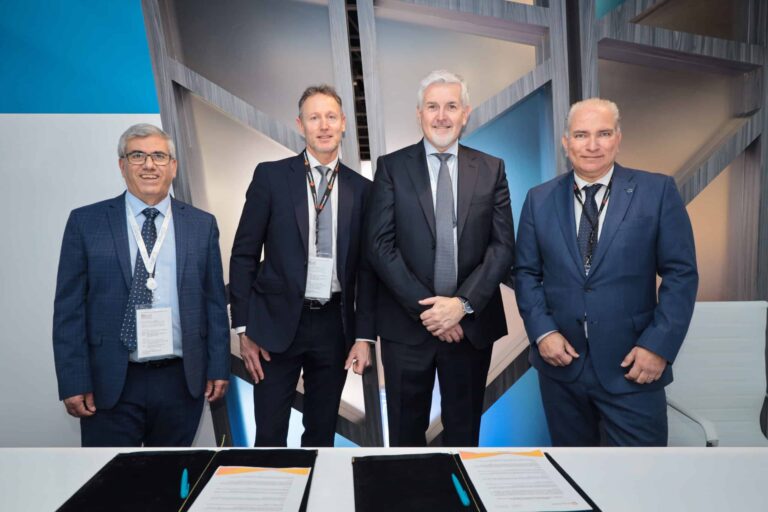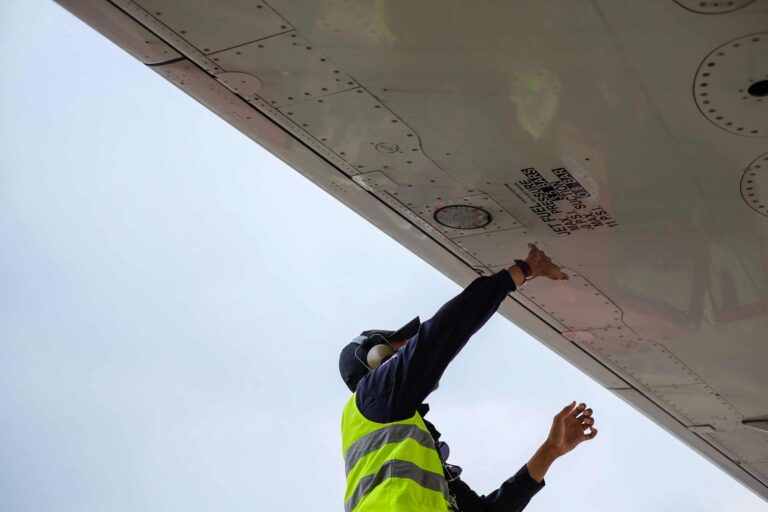This is the second of two posts on green aviation, covering the latest trends and innovations that are making aerospace more sustainable. Read Part 1 here.
What Is Green Aviation?
NASA, one of the biggest champions of green aviation, defines it as the pursuit of reductions in noise, greenhouse gas emissions and fuel usage in the field of aviation. While you may not have heard of the term, the aerospace industry spends $15 billion every year on sustainability and efficiency-related research and development, so green aviation is a huge driver in how the industry operates. Following are some of the most exciting innovations contributing to a greener future for aerospace.
Proponent has long been a supporter of implementing sustainable practices, working hard to lessen the environmental impact of our industry. In 2018, there are a number of technologies, solutions and agreements in various stages that we are excited to be following closely.
Additive Manufacturing
Also known as 3D printing, additive manufacturing (AM) is a method of production that uses digital files, broken into layers, to print components out layer by layer, using polymers, composites, metals and other materials.
Weight Reductions
AM allows for the use of different, lightweight materials and the ability to redesign parts to provide support only where it’s needed, significantly reducing the total weight of the part while maintaining the same strength. This leads to greater fuel efficiency.
Shorter Time to Market
Rapid prototyping means shorter time to market and greater efficiency in the research and development of new aviation technologies. AM can reduce time to market by 64%, which could mean huge leaps in aerospace innovation.
Little to No Material Waste
With extremely low scrap rates and limited tooling needed to finish 3D-printed parts, AM produces almost no material waste, only using the materials needed to produce the part. This is much better for the environment.
Printed Where It’s Needed
With only a digital file and a 3D printer needed for manufacturing, parts can be produced at a location closest to where they are needed, vastly reducing shipping and delivery-related carbon emissions.
Aviation Community
And while green aviation may have been a niche idea at some point, it is now an idea that the entire global aviation community has rallied behind. In 2016, all 191 members of the International Civil Aviation Organization (ICAO) agreed to adopt a global market-based measure for aviation emissions. The Carbon Offsetting and Reduction Scheme for International Aviation, or CORSIA, will set a baseline for measuring carbon output by the aviation industry in 2019, and allow the industry to achieve carbon neutral growth from 2020 on, by offsetting any growth in CO2 emissions above 2020 levels. To date, 73 states, representing 76% of international aviation activity, have agreed to participate voluntarily in CORSIA from its outset next year. Beginning in 2027, participation will become mandatory for all ICAO members and will apply to all international flights.
Aircraft Recycling
With a global boom in the aviation industry, record aircraft orders in the past few years and an unprecedented number of planes slated for retirement in the next decade, more planes are being designed with their end-of-life in mind. Currently, about 80%–85% of a plane’s components are recyclable, with the remainder going to landfills. You can read about the companies that are trying to bring the number up to 95% or above in our blog about aircraft recycling.
Logistical Efficiencies
There are a number of solutions being piloted that look beyond aerospace engineering and alternative fuels, finding new efficiencies by streamlining the systems in which the aircraft operate. One innovative project currently being implemented at Charlotte Douglas International Airport, in North Carolina, uses an algorithm developed by NASA in partnership with the FAA to more efficiently track, predict and communicate incoming and outgoing air traffic. This reduces the amount of taxiing, airport circling and runway idling – saving fuel, reducing emissions and giving airlines and passengers more flexibility in the period prior to pushback.
Cleaner Skies, Greener Future
With the pace of innovation in aerospace, it’s quite possible that some of the technologies that will revolutionize the way that we travel in the near future haven’t even been created yet. But, as the demand for air travel continues to increase, it’s good to know that the global aviation industry has recognized its responsibility to the environment, and is working toward a cleaner, more sustainable future for all of us. Hopefully, in the near future, the term “green aviation” will become obsolete, and aviation will just be synonymous with green practices.

